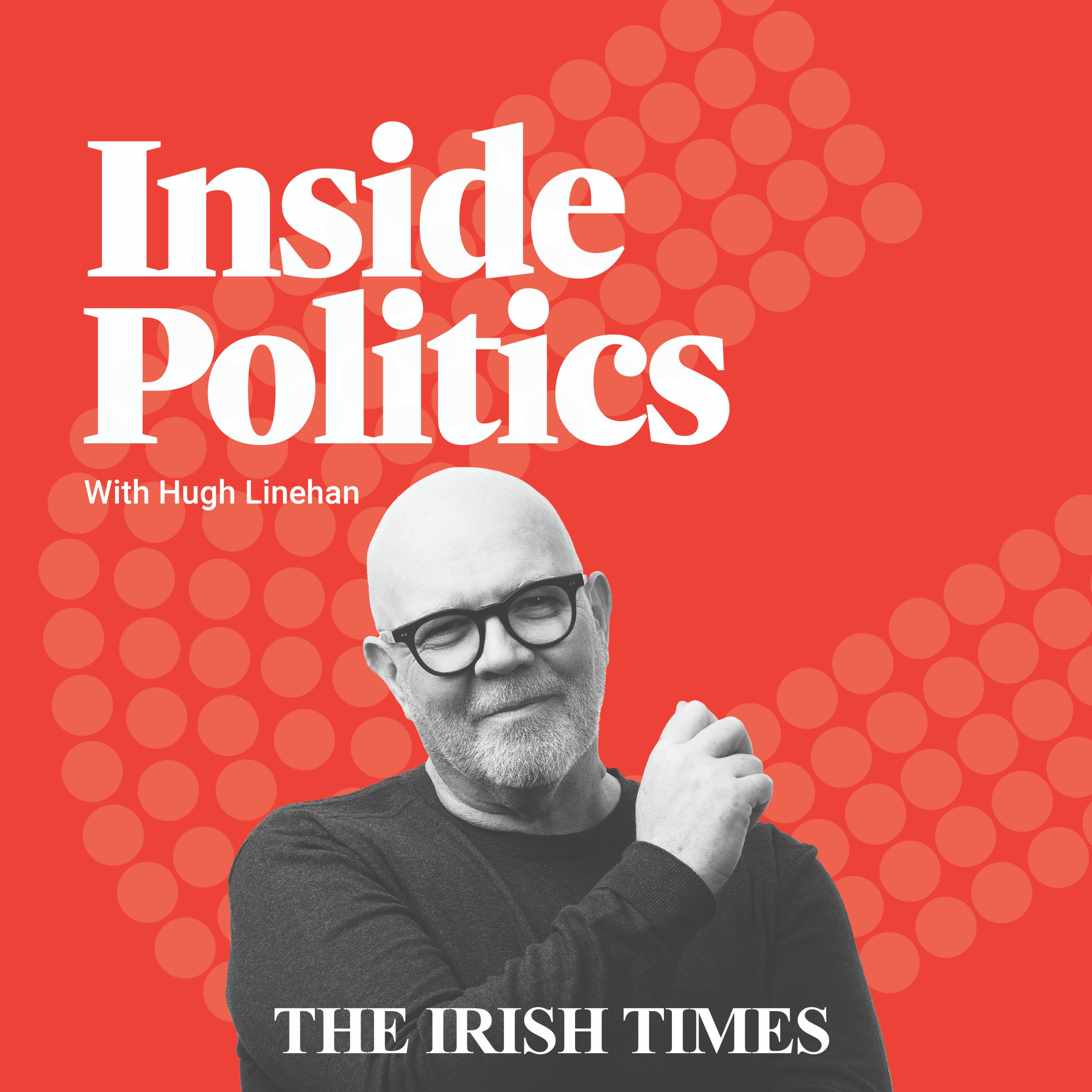Readers of a certain vintage may recall Bertie Ahern’s trials and tribulations regarding his finances during the late-stage Celtic Tiger period.
Through a combination of inquiries by the Mahon tribunal and leaks from the evidence it assembled in private, Ahern’s finances became the standout political issue in the autumn of 2006, as he prepared for the following year’s general election, in which he would seek a third term as taoiseach.
To cut a (very long) story short, Colm Keena revealed in The Irish Times in September 2006 that the tribunal was examining a series of payments to Ahern. In the age of the tribunals, news that the taoiseach was now being investigated was dynamite — it was, many pundits and political insiders concluded, the end of Ahern. There was surely no coming back from this.
Then Ahern did a desperate, famous interview on RTE’s Six One News with Bryan Dobson. He told a sometimes chaotic tale about the end of his marriage, hefty legal bills, using up his savings, having no home of his own — and of his friends organising a series of loans and contributions for him, which would become known as the celebrated “dig-outs”. These were the unexplained payments the tribunal had found. Ahern’s performance was compelling. Miriam Lord noted the following day: “You’d want to have been made of stone not to be moved”. But his story was greeted in political and media circles with widespread scepticism.
READ MORE
A few weeks later, The Irish Times published the results of its latest opinion poll; news of Bertie’s and Fianna Fáil’s demise was widely anticipated.
But no. When the results of the poll were published, support for Fianna Fáil had jumped by eight points; Ahern’s personal rating was up too, to 53 per cent. Nobody, by the way, was more surprised than the Fianna Fáilers themselves. Ahern went on to win the subsequent election, before resigning a year later after further tangles with the tribunal.

Will Sinn Féin’s many controversies cut through to their base?
What’s the lesson here? That the voting public doesn’t always share the enthusiasms and obsessions of the political and media bubble that surrounds Leinster House and through which so much of our politics plays out.
For weeks now, the political world has been fixated on the tsunami of political controversy that has deluged Sinn Féin. The party is rattled as never before since it became one of the main players in Irish politics. But despite the unadulterated glee of Fianna Fáil and Fine Gael (and, I promise you, that is a considerable understatement) the electoral impact of the current controversies is not yet proven.
Nobody thinks all this stuff isn’t damaging for Sinn Féin and its leader because it stops the party from talking about housing and other issues more politically profitable for it. But the complacency in Fine Gael and Fianna Fáil that all this will destroy Sinn Féin’s standing in an election campaign is wishful thinking masquerading as analysis. Will the elections be about the culture of Sinn Féin, the individual controversies, or the numerous questions that are undoubtedly outstanding for the party and its leader? I don’t think so.
Why? For two reasons. First, voters, as the Ahern example demonstrates, often ignore the conclusions of the political bubble. People certainly noticed Ahern’s trial by ordeal, but they ultimately concluded that they cared more about the country’s finances than the Bert’s. Former British chancellor of the exchequer George Osborne once remarked that the single most important insight for any politician was to understand just how little attention most voters paid to politics on a daily basis.
And second, because voters have repeatedly told pollsters what they think the most important issues are: housing, immigration, the cost of living and public services. I find it most unlikely that this list will change to include how Sinn Féin handles scandals, diverting and all as that may be.
There is a further point. While Sinn Féin are the leaders of the Opposition, Fine Gael and Fianna Fáil are not principally in competition with that party for votes; their main competitors are each other, and Independents. Fianna Fáilers will compete with (and, of course, also transfer to) Fine Gaelers, and vice versa; both will battle with centrist and rural Independents. Another way of saying this is that it’s hard to see Fine Gael and Fianna Fáil winning votes from Sinn Féin.
Sinn Féin has opponents on the right and left. Anti-establishment, strongly nationalist, anti-immigrant voters have deserted the party on the right. As Ivan Yates noted this week, when you saw a Tricolour flying in inner city flats at the last election, it meant they were Sinn Féin voters — now it probably means they are far-right voters.
To the left, younger voters animated by issues such as housing and Gaza may drift from Sinn Féin to Labour, the Social Democrats, or point more to the left. But hardly to the Government parties. I spoke to several pollsters and political number crunchers in recent days and all agreed on this point. And it was noticeable that Holly Cairns and Ivana Bacik took the fight to Sinn Féin during the week.
To be clear: this does not mean that the Sinn Féin scandals aren’t important or don’t matter for politics. They are and do. Sinn Féin still has serious questions to answer and should have a long look in the mirror. But the impact on the election — virtually certain now for late November after Fianna Fáil leader Micheál Martin’s shift in stance this week — is by no means certain. Volatility and unpredictability continue to be the hallmarks of Irish politics.
Politics Alerts
:quality(70)/cloudfront-eu-central-1.images.arcpublishing.com/irishtimes/ML3UCQJ7NFC6RPNPKVSDIBKVKI.jpeg)
Sign up for push notifications on your phone to stay connected with our Politics coverage















